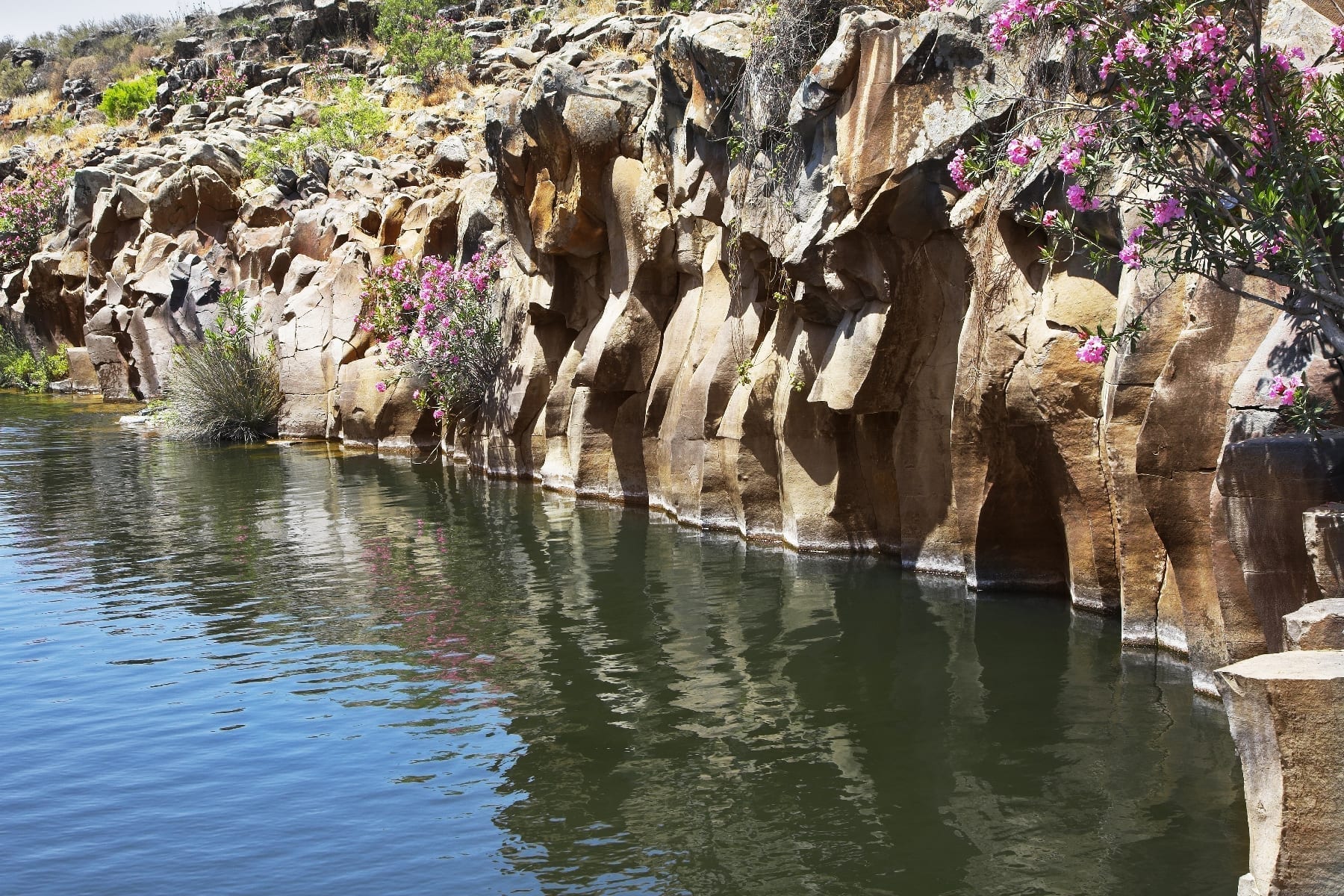Converting CO2 into Rock
Anthropogenic carbon dioxide, CO2 caused by or influenced by humans, introduced into the atmosphere has long been understood to be a problem for our environment. One of the ways to reduce greenhouse gas emissions at the industrial level is known as Carbon Capture and Storage. Millions of tons of CO2 gasses annually are captured then transported via pipeline or ship for safe storage. Typically, this storage comes in the form of geological rock formations several kilometers below the earth’s surface, voids such as abandoned oil and gas reservoirs. These voids however are inevitably prone to leakage, which lead geoengineers to look for a more environmentally benign, permanent solutions, turning it into rock.
It was previously thought that this process was not a practical one as it was thought to take several hundred years. An international team of scientists working on the CarbFix project has demonstrated that, in actuality, it can take as little as two years. The study, published in Science details the method that can quickly and securely lock it away from the atmosphere.
Greenhouse gasses were injected into a basalt deep well, basalt is volcanic rock rich with iron, magnesium and calcium, all necessary for the mineralization of carbon. The water carries the dissolved CO2 into the well where it makes contact with the target basalt rocks, and quickly starts to react to form carbonate minerals.
“Carbonate minerals do not leak out of the ground, thus our newly developed method results in permanent and environmentally friendly storage of CO2 emissions,” says Dr Matter, Associate Professor in Geoengineering at the University of Southampton and adjunct Senior Scientist at Lamont-Doherty Earth Observatory Columbia University. “Basalt is one of the most common rock type on Earth, potentially providing one of the largest CO2 storage capacity.”
You can read more about the CarbFix project, a program funded by the U.S. Department of Energy and a European Commission here.














